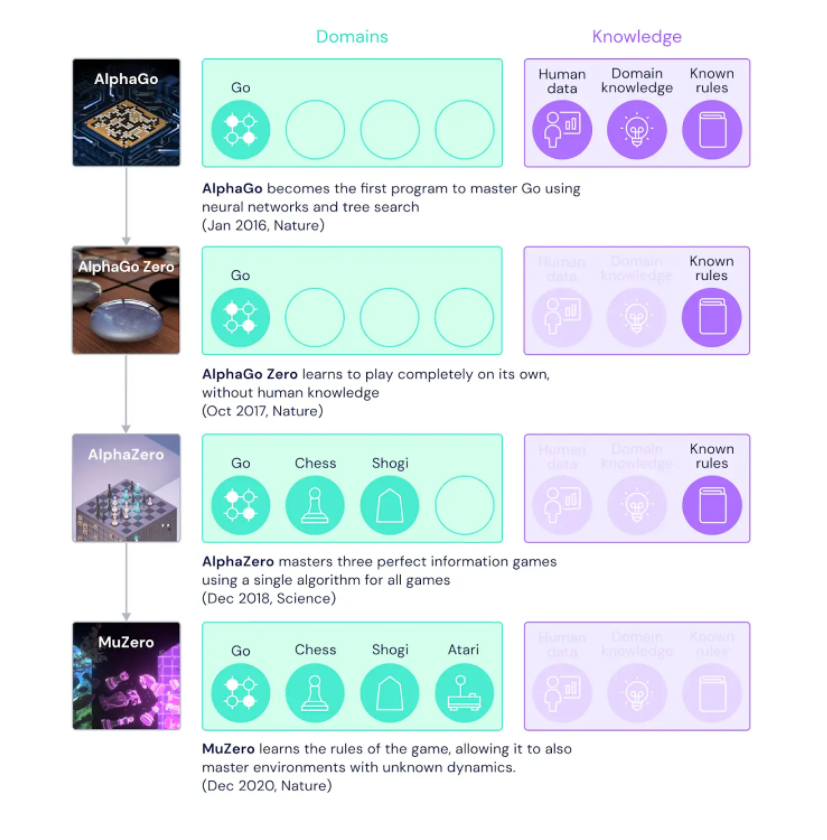…to improve performance in specific tasks and domains
GPT3 is a powerful language generation model, making it ideal for building chatbots, conversational interfaces, as well as other driven applications such as automated content creation. We can also use GPT3 to generate code, art and even to compose music. The main advantage in most cases is the ability to ask the right questions. While in more advanced projects, knowing how to use the GPT3 API to generate automated tools can greatly speed up our business or academic tasks.
This is one of the reasons why tuning GPT3 is so important. Doing this for specific tasks or domains involves training a model on a similar data set that is specific to the task or domain of interest. This process is also known as transfer learning and allows the model you are using for chat to adapt to new tasks by adjusting the weights of the free-training model to better fit the new data and emphasize a specific topic.
Take the example of tuning GPT3 for sentiment analysis. If we wanted to use chat for this we would train the model on a data set or text labeled with sentiment. Remembering that sentiment can be positive, negative or neutral. This is useful for, among other things, the work of a data analyst when he or she wants to find the sentiment of different tweets against, for example, a statement or the general character of a given politician.
GPT3 tuning can be done using various steps, and learning libraries such as TensorFlow or PyTorch. This can be done by adjusting the parameters of a pre-trained model using new data. This process can take anywhere from a few hours to a few days, depending on the size of the dataset and computational resources.
During a usual chat with ChatPT3, you may notice that the chat remembers what you asked it a few messages ago and is able to make changes based on its pre-generated statements. The chat also learns from our conversations. Tuning works in almost the same way, but on a much larger scale. Moving into the programming area, we can tune ChatGPT3 using the OpenAI API model, which includes GPT3 chat features.
The tuning process requires access to a dataset and a development environment to train the model, which is not directly provided in the GPT chat. So, to tune GPT3 you need to create an OpenAI API key and use it to evaluate the GPT3 model.
You can then use the API to tune the model on your specific task or domain by providing a dataset or using the API to train and update the model. You can always get pre-trained models that are tuned for specific domains or tasks, which are available from a number of different providers such as https://huggingface.co/models and more. You can use these models without training your own data set and simply add them as an add-on to GPT3 chat.
Another advanced tuning technique is data augmentation, which is a technique that is used to improve the performance of GPT3 models. This technique is used to artificially increase the size and variety of the training data. This can be done by using various techniques such as adding noise to the data, rotating and inverting the images and creating new data by combining existing and old data. This can help to make the model more robust and reduce overfitting.
For example, using data augmentation techniques artificially increases the size and diversity of the medical dataset and can help GPT3 learn medical-specific language and terminology. Transfer learning, on the other hand, allows the model to adapt more efficiently to a new task or domain. I strongly encourage you to experiment with ChatGPT as it can save us many hours of tedious work and improve the end result.
Source: OpenAI ChatGPT Master for Business and Software Applications



